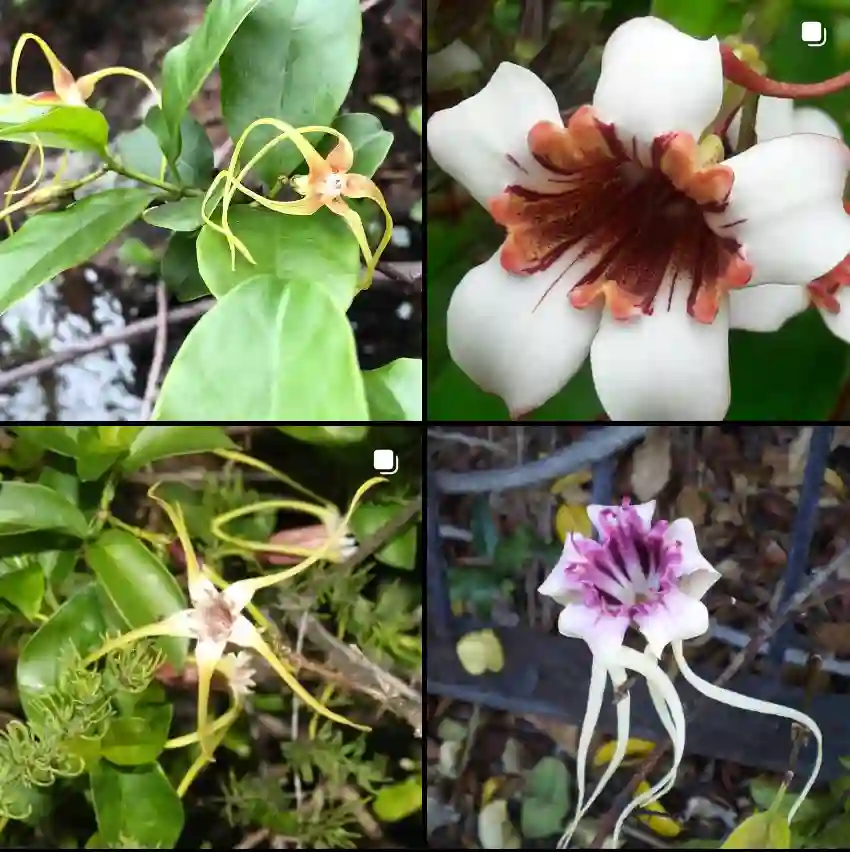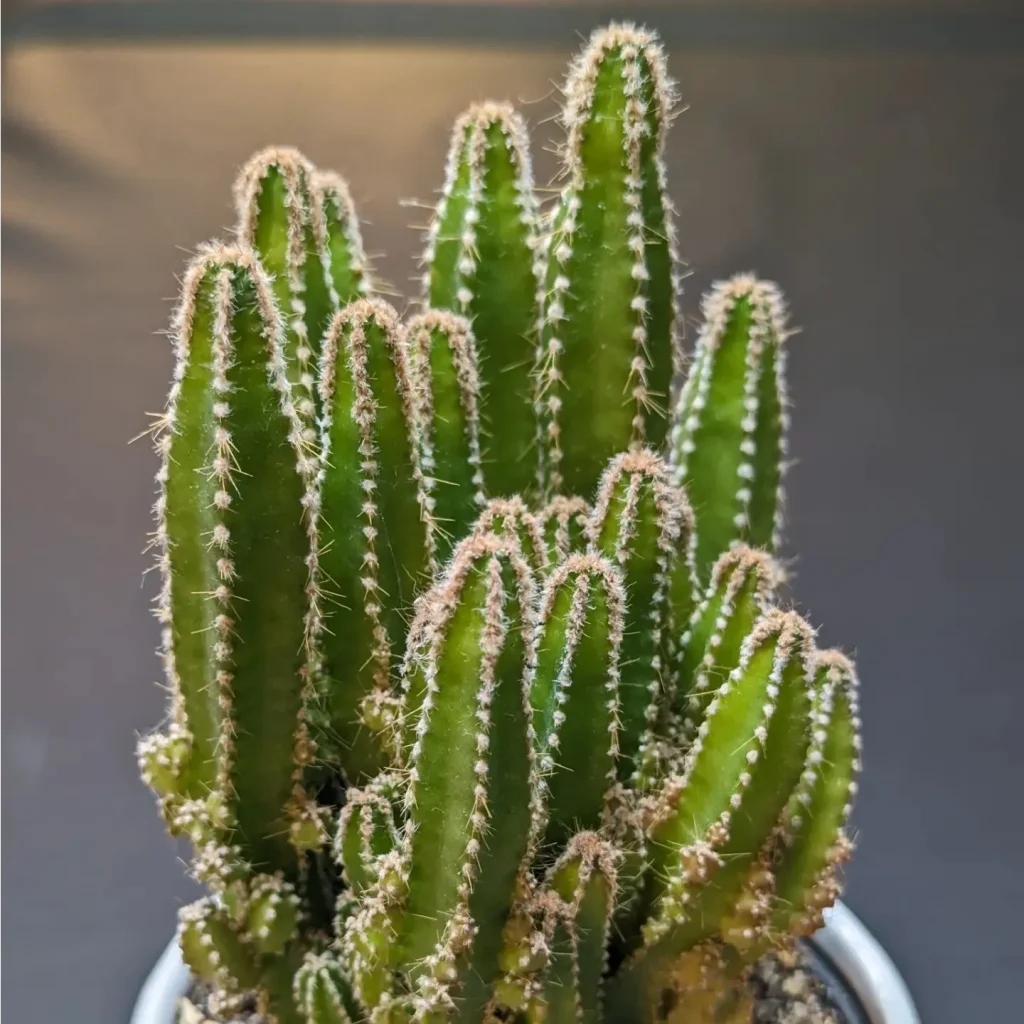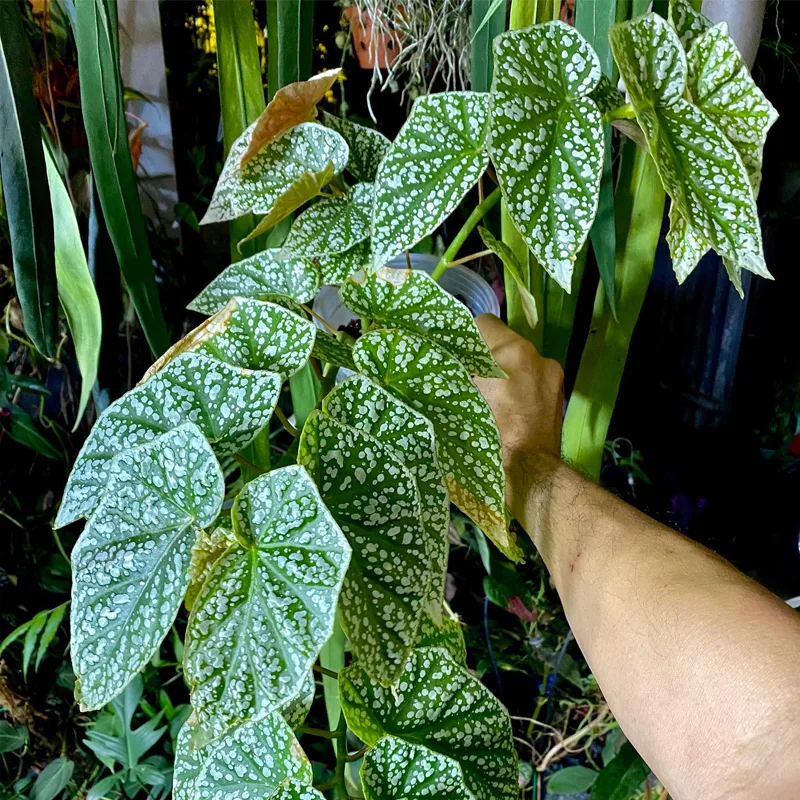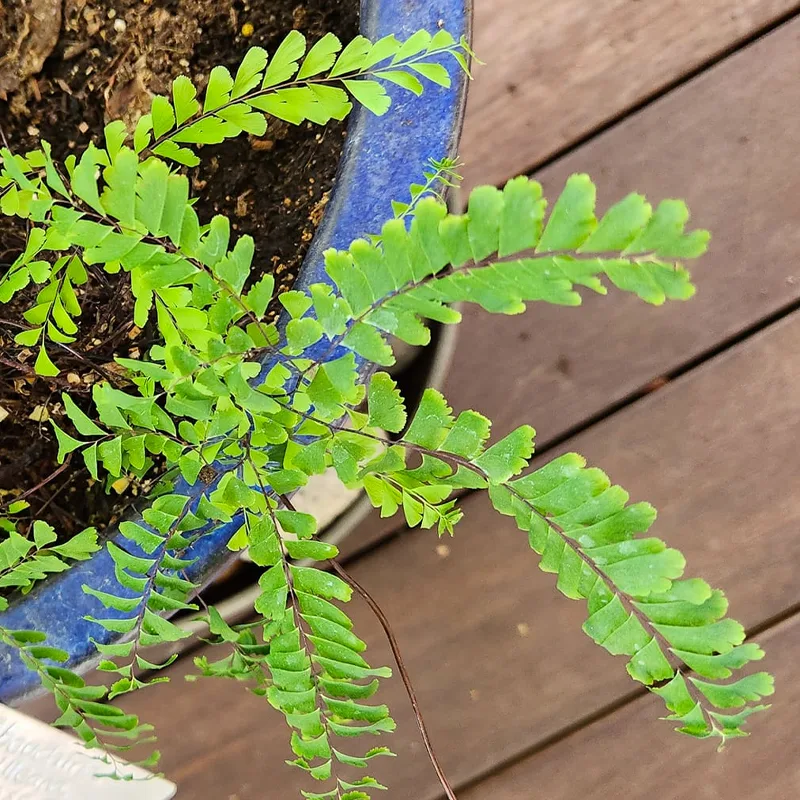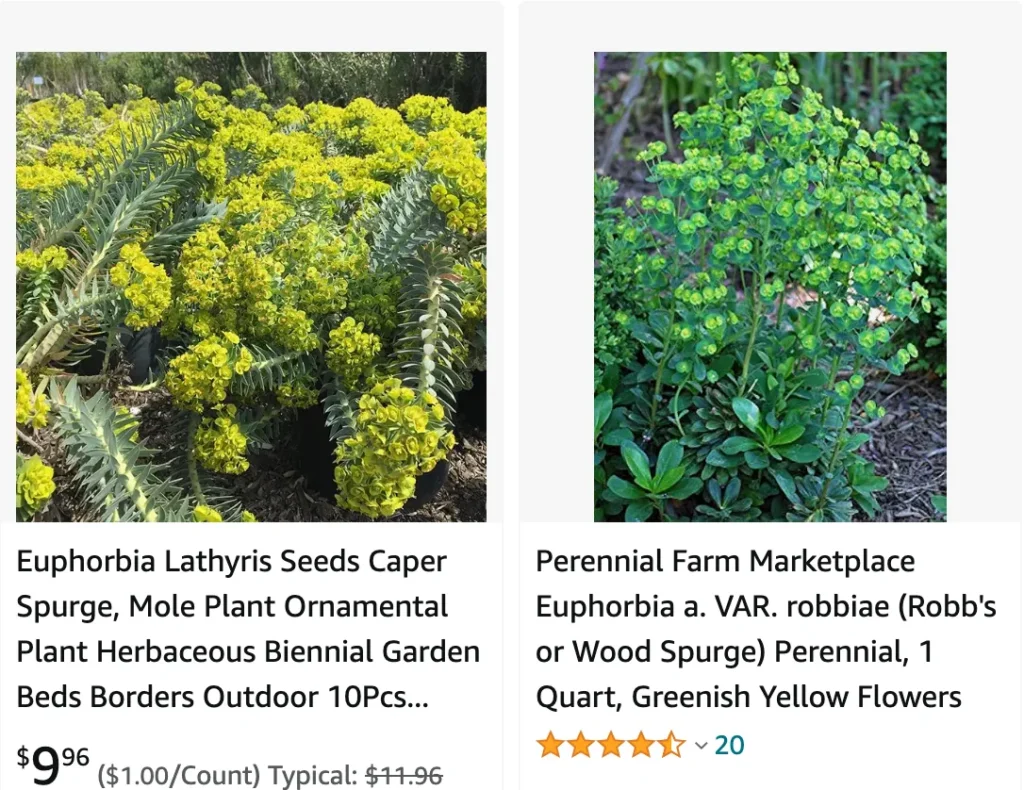
Euphorbia Amygdaloides: The Wood Spurge That Adds Year-Round Interest
Many gardeners crave plants that offer visual appeal throughout the seasons. Enter Euphorbia Amygdaloides, also known as the Wood Spurge, a stunning perennial that delivers beauty from spring to winter.
Having grown Euphorbia Amygdaloides in my own garden for years, I’ve fielded many questions from fellow enthusiasts. Here, I’ll address some of the most common queries to help you decide if this unique plant is the perfect fit for your landscape.
2093 Species in Genus Euphorbia
How much sun does Euphorbia Amygdaloides need?
Unlike many flowering perennials, Euphorbia Amygdaloides thrives in a variety of light conditions. While it appreciates full sun, it also tolerates partial shade, making it a versatile choice for different areas of your garden.
What kind of soil is best for Euphorbia Amygdaloides?
This adaptable plant prefers well-drained soil. If your garden bed has heavy clay soil, consider amending it with compost or sand to improve drainage. Euphorbia Amygdaloides tolerates average to poor soil fertility, making it a low-maintenance option.
How do I water Euphorbia Amygdaloides?
Once established, Euphorbia Amygdaloides is quite drought tolerant. Regular watering is only necessary during prolonged dry spells or intense heat. Aim to keep the soil moist but not soggy.
Does Euphorbia Amygdaloides need fertilizer?
Due to its tolerance for low fertility, fertilizing Euphorbia Amygdaloides is generally not required. However, if your plant appears lackluster, a light application of balanced fertilizer in spring can provide a boost.
How does Euphorbia Amygdaloides compare to Boxwood?
Both Euphorbia Amygdaloides and Boxwood offer evergreen foliage, making them valuable additions to winter gardens. However, there are some key distinctions:
- Growth Habit: Euphorbia Amygdaloides forms a mounded clump, reaching a mature height of 2-3 feet. Boxwood comes in various shapes and sizes, from low hedges to taller specimens.
- Flowering: Euphorbia Amygdaloides boasts chartreuse flower clusters in spring, followed by attractive seed heads that persist through winter. Boxwood, while some varieties have inconspicuous flowers, is primarily prized for its foliage.
- Toxicity: Euphorbia Amygdaloides is a poisonous plant, while Boxwood is mildly toxic. Exercise caution if you have pets or small children.
How can I use Euphorbia Amygdaloides in my garden?
Euphorbia Amygdaloides’ versatility shines in various garden settings. Here are some ideas:
- Foundation Plantings: The architectural form and evergreen foliage make it a perfect choice to frame your home’s exterior.
- Mixed Borders: Combine it with perennials that flower in contrasting colors or textures for year-round interest.
- Containers: Its compact size makes it a great option for adding drama to patios and balconies.
Is Euphorbia Amygdaloides safe to handle?
Important: Euphorbia Amygdaloides, like all Euphorbias, contains a milky sap that can be irritating to the skin and eyes. Wear gloves when handling the plant and wash your hands thoroughly afterwards. Keep it out of reach of children and pets.
Can I propagate Euphorbia Amygdaloides?
Absolutely! Euphorbia Amygdaloides can be propagated through division or stem cuttings. Here’s a brief guide for each method:
- Division: In early spring or fall, carefully dig up a mature clump and use a sharp knife to divide it into sections, each with healthy roots and shoots. Replant the divisions in prepared soil and water well.
- Stem Cuttings: Take stem cuttings in late spring or early summer before flower buds appear. Choose non-flowering, pencil-thick stems and cut them just below a node (the bump where leaves emerge). Remove the lower leaves and dip the cut end in rooting hormone (optional). Plant the cuttings in a pot filled with moist, well-draining potting mix. Keep the soil slightly moist and provide indirect sunlight. New growth should appear within a few weeks.
What are some common problems with Euphorbia Amygdaloides?
While generally a trouble-free plant, Euphorbia Amygdaloides can encounter a few issues:
- Fungal Diseases: Overwatering, particularly in poorly drained soil, can lead to fungal diseases like crown rot. Ensure proper drainage and avoid overwatering.
- Aphids: These tiny insects can suck sap from the plant, causing distorted leaves. Treat with insecticidal soap or neem oil if necessary.
- Slugs and Snails: These pests can munch on the foliage. Use organic controls like slug traps or beer traps.
Does Euphorbia Amygdaloides attract pollinators?
While the chartreuse flower clusters of Euphorbia Amygdaloides aren’t particularly showy, they do attract pollinators like bees and butterflies early in the season.
Is Euphorbia Amygdaloides deer resistant?
Fortunately, yes! The milky sap deters deer from browsing on Euphorbia Amygdaloides.
By understanding these potential issues and taking preventative measures, you can ensure your Euphorbia Amygdaloides thrives for years to come.
Conclusion: Euphorbia Amygdaloides – A Rewarding Addition
Euphorbia Amygdaloides offers a unique combination of low-maintenance care, attractive foliage, and interesting flowers. With its adaptability and versatility, it’s sure to become a treasured addition to your garden. Just remember to exercise caution when handling the plant due to its sap.
By following these tips and addressing any remaining questions you might have, you can successfully cultivate this captivating plant and enjoy its beauty for years to come.
If i die, water my plants!
